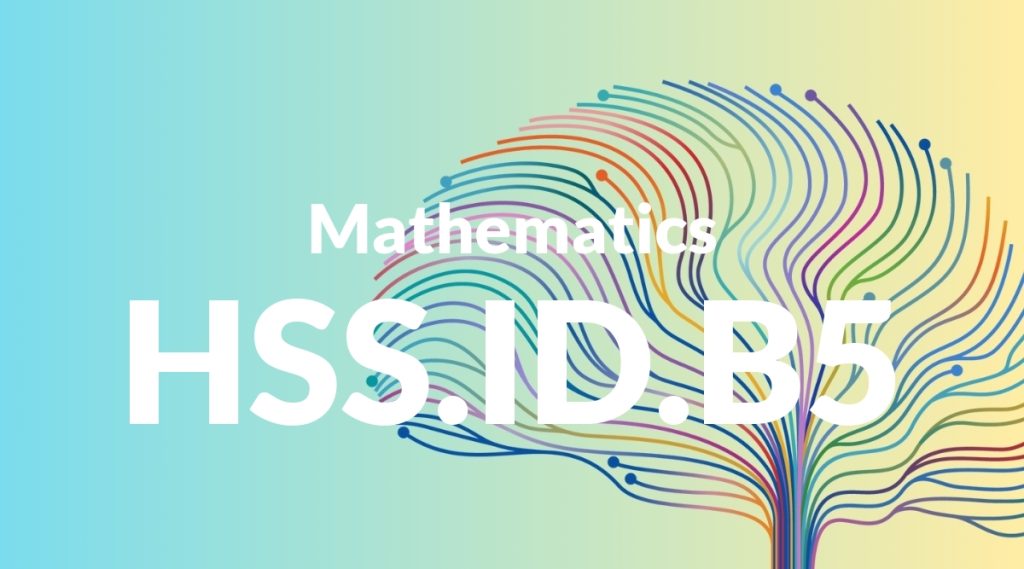Standard: HSS.ID.B5 – Summarize categorical data for two categories in two-way frequency tables. Interpret relative frequencies in the context of the data (including joint, marginal, and conditional relative frequencies). Recognize possible associations and trends in the data.
Grade level: High School: Statistics & Probability
Subject: Mathematics
Domain: Interpreting Categorical & Quantitative Data
Teacher Overview
This standard focuses on summarizing and interpreting categorical data using two-way frequency tables. It is crucial for students to understand how to analyze data sets, recognize patterns, and make informed decisions based on data. Mastery of this standard prepares students for more advanced statistical analysis and real-world data interpretation. Students should be familiar with basic categorical data, simple frequency tables, and foundational probability concepts before tackling this standard.
After mastering this standard, students will develop the ability to analyze complex data sets, understand statistical significance, and apply these skills in various fields such as economics, biology, and social sciences.
Common Misconception 1
A common misconception is that joint, marginal, and conditional frequencies are interchangeable. This is incorrect because each type of frequency provides different insights into the data set.
Intervention 1
To remediate this misconception, use visual aids and step-by-step examples to clearly differentiate between joint, marginal, and conditional frequencies. Interactive activities can also help reinforce these concepts.
Common Misconception 2
Another misconception is that a higher frequency always indicates a stronger association. This is not always true as the context and relative frequencies play a crucial role in determining the strength of an association.
Intervention 2
To address this misconception, teach students to consider both the relative frequencies and the context of the data. Use real-world examples to illustrate how a higher frequency does not necessarily mean a stronger association.
Prerequisite Knowledge
Students should have a basic understanding of categorical data, basic probability concepts, and how to create and interpret simple frequency tables.
Subsequent Knowledge
After mastering this standard, students will be able to analyze more complex data sets, understand and apply concepts of statistical significance, and interpret data in various fields such as economics, biology, and social sciences.
Instructional Activities
- Create two-way frequency tables from survey data
- Interpret relative frequencies using real-world examples
- Analyze trends in sports statistics
- Evaluate data from medical studies
- Investigate social science research data




